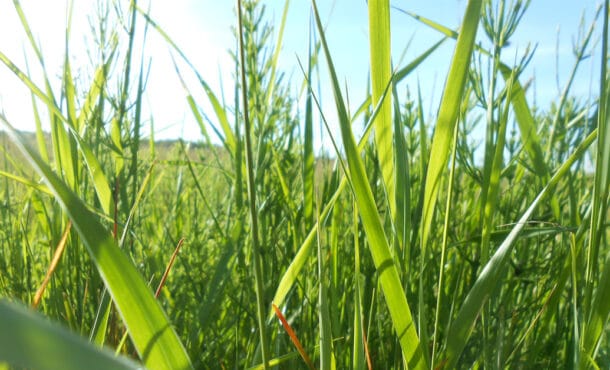A seed-borne fungus in tall fescue has been linked with compromised health, especially in pregnant mares grazing on large amounts.
Research indicates that growing horses' skeletal strength is highly influenced by the daily strains their bones undergo.
Whether maiden or experienced, many mares are able to deliver their charges with ease, but unexpected challenges can make every second count.
Any abnormal behaviour should be dealt with quickly, as sepsis carries the risk of infection and inflammation in many of the body's systems.
KER researchers found that cardiovascular fitness on the racetrack can be correlated to heart rate at the trot on a mechanical walker.
A study examined years’ worth of records to help forge real-world solutions to prevent Thoroughbred breakdowns during training and racing.
This life-threatening disease in foals causes diarrhea and anorexia; recent research suggests that a novel group B rotavirus has emerged.
The Camilleri's shiny new Training and Wellness Centre in Caledon is set to be the premier facility for equine athlete rehabilitation.
Dr. Michael Lindinger, PhD, responds to the article " Why the AGCO Lowered the TCO2 Test Threshold" in order to address a number of issues.
A list of recommendations to consider when thinking about emergency preparedness in relation to flooding and other disasters.
This essential nutrient readily found in green grass may be lacking in hay-fed stabled horses, in which case supplementation is key.
The most significant cause of equine contagious abortion, a comprehensive biosecurity plan is critical to prevent and control outbreaks.
Getting yearlings into the best possible condition involves a careful, conscientious system of handling, exercise, grooming and nutrition.
Aligning with most of the racing world was made to ensure fairness, protect horse welfare, and retain CPMA funding for the program.
While it is typical to wean foals at 4-6 months, research indicates that there are steps breeders can take to make the process more natural.















